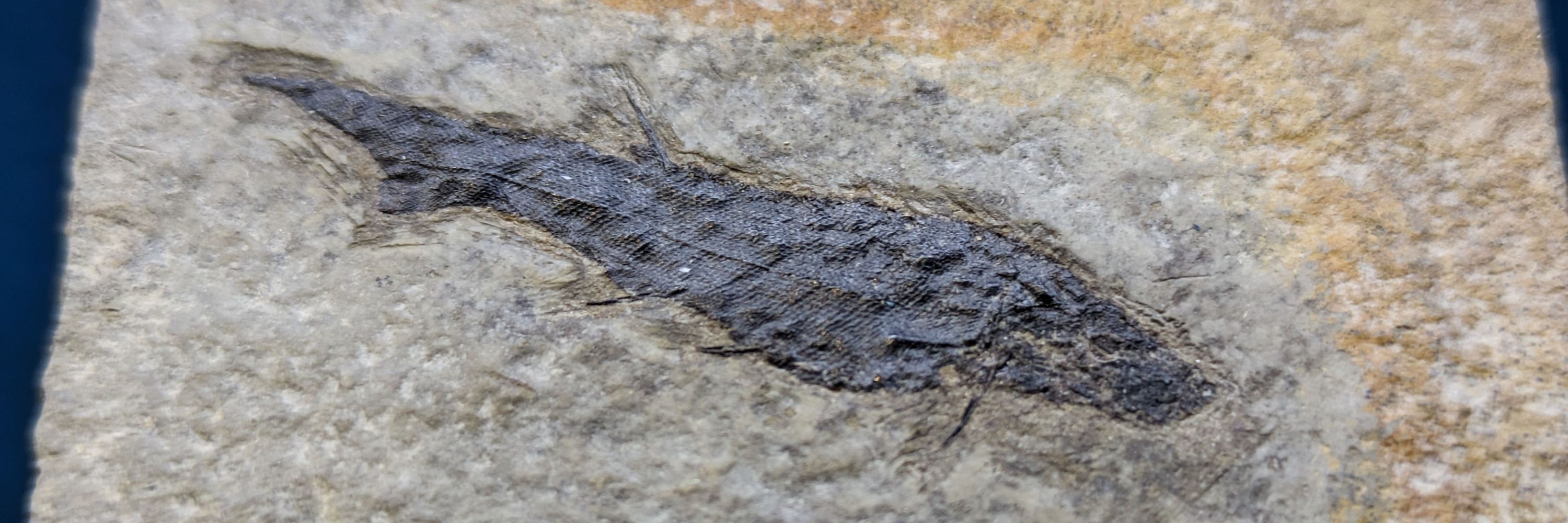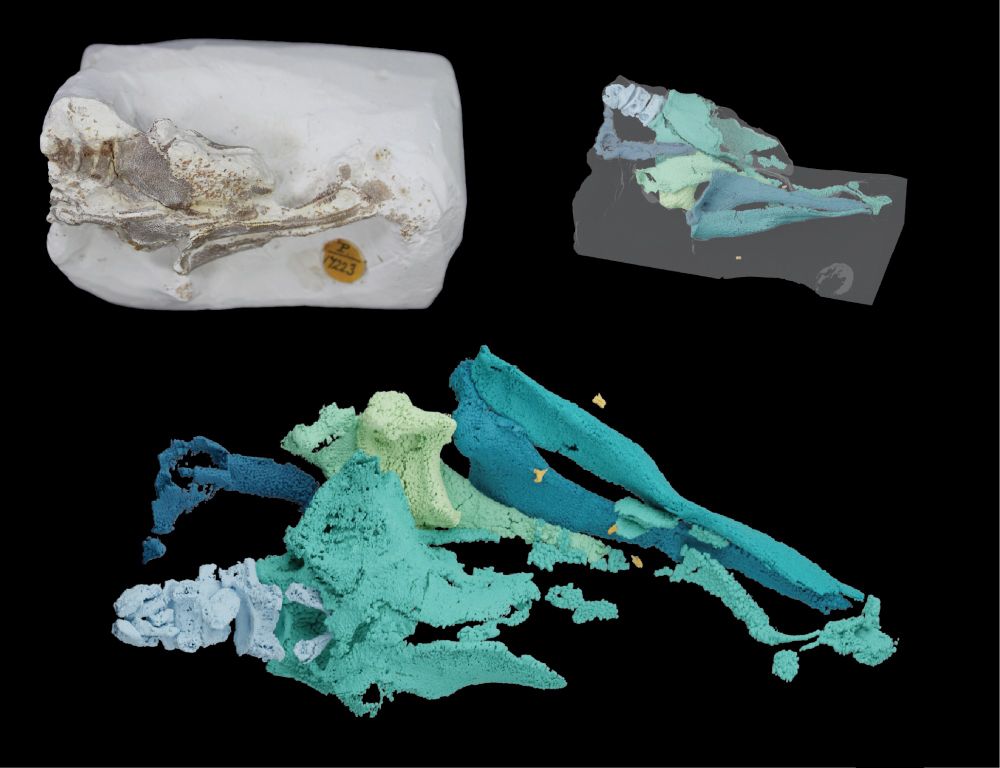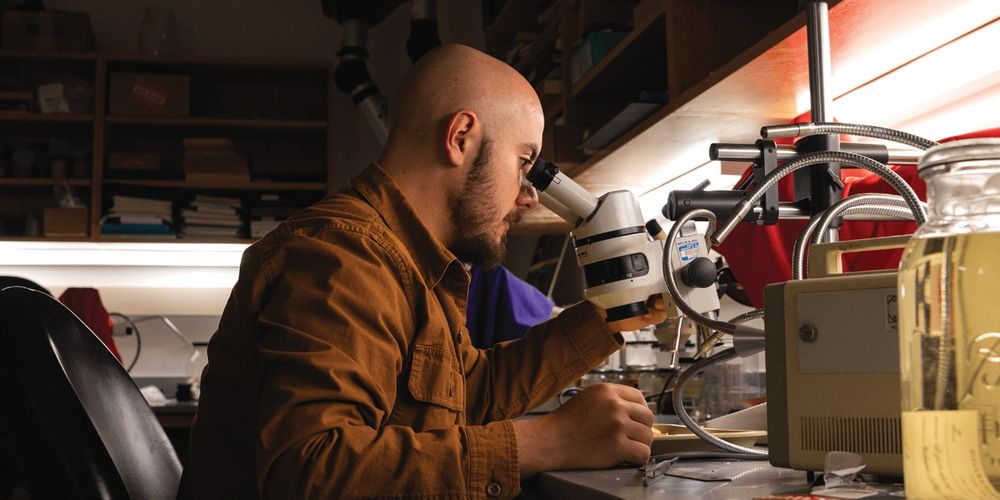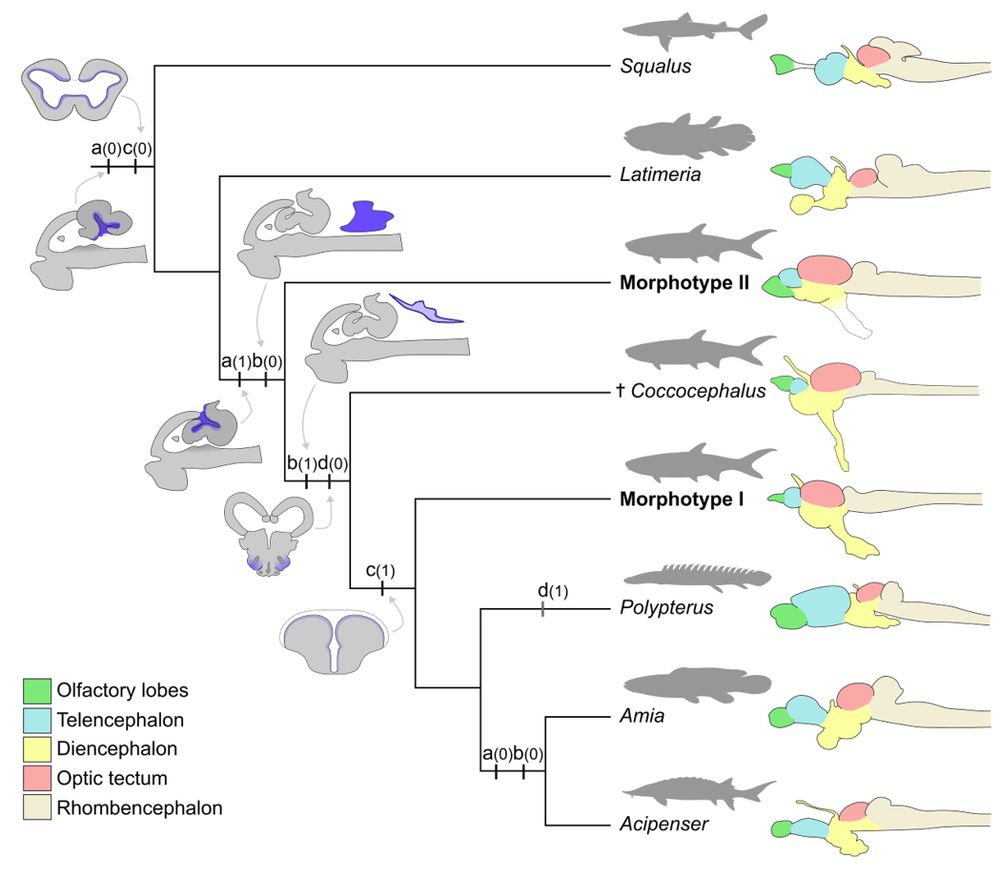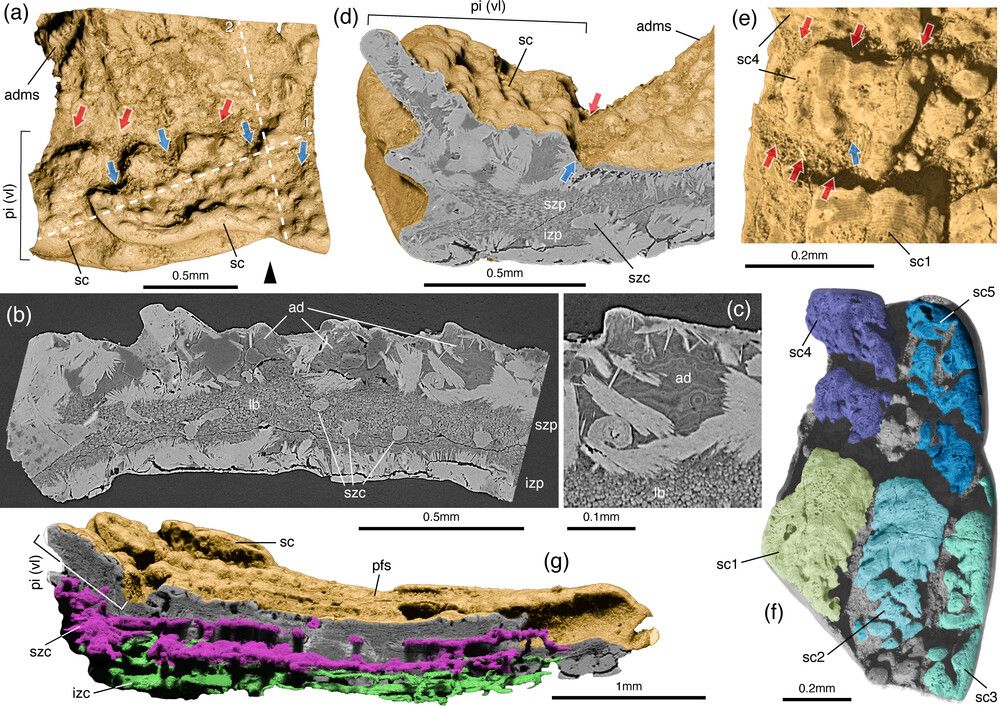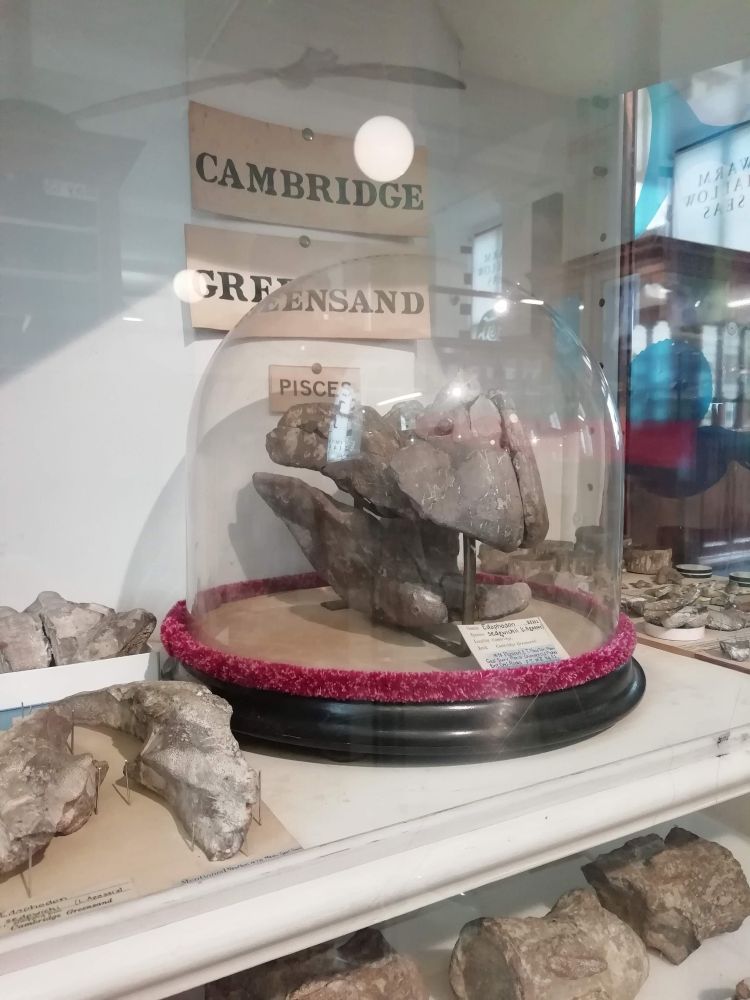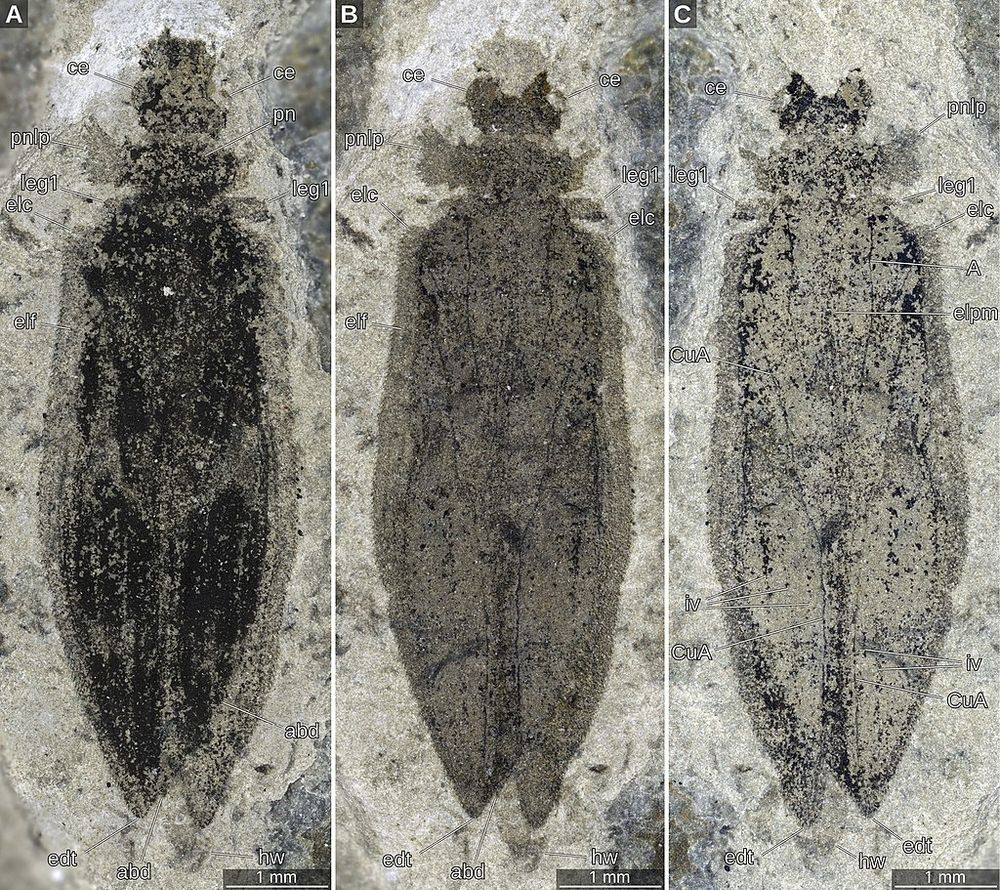Richard Dearden
@euphanerops.bsky.social
340 followers
860 following
33 posts
Fan of fossil fishes. Postdoc at University of Birmingham. Especially interested in using fossil and living taxa to understand the evolution of sharks, rays, and chimaeras. Also paint miniatures very slowly.
Posts
Media
Videos
Starter Packs
Pinned
Reposted by Richard Dearden
Reposted by Richard Dearden
Reposted by Richard Dearden
Reposted by Richard Dearden
Reposted by Richard Dearden
Reposted by Richard Dearden
Reposted by Richard Dearden
Reposted by Richard Dearden
Reposted by Richard Dearden
Reposted by Richard Dearden
Reposted by Richard Dearden
Joe Keating
@evopalaeo.bsky.social
· Aug 29

A phylogeny for Heterostraci (stem‐gnathostomes)
The armoured jawless fishes (‘ostracoderms’) are major and widespread components of middle Palaeozoic ecosystems. As successive branches on the gnathostome stem lineage, they represent the early sequ...
onlinelibrary.wiley.com
Reposted by Richard Dearden
Reposted by Richard Dearden
Reposted by Richard Dearden
